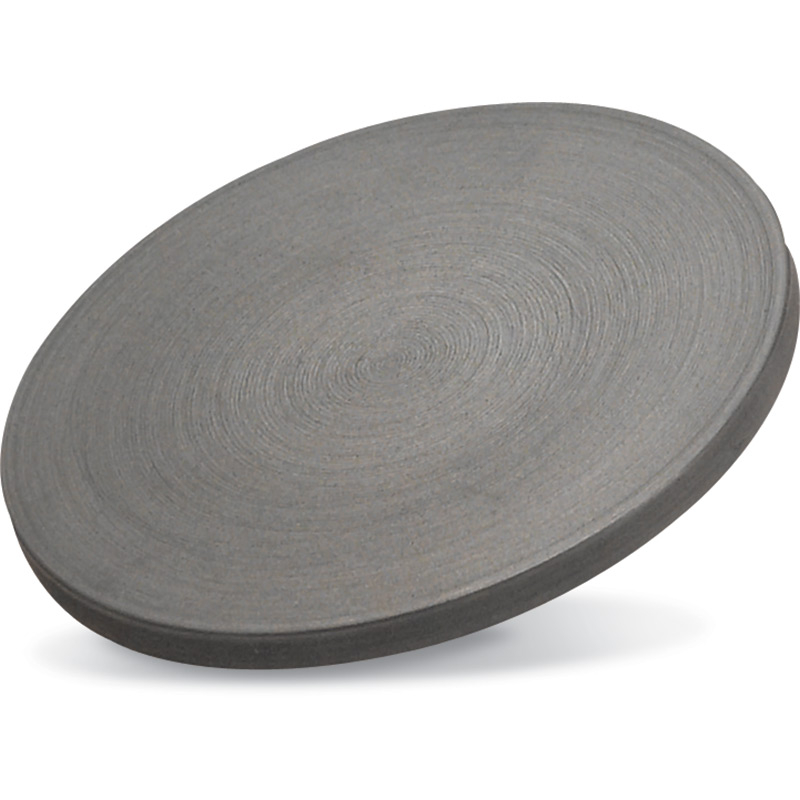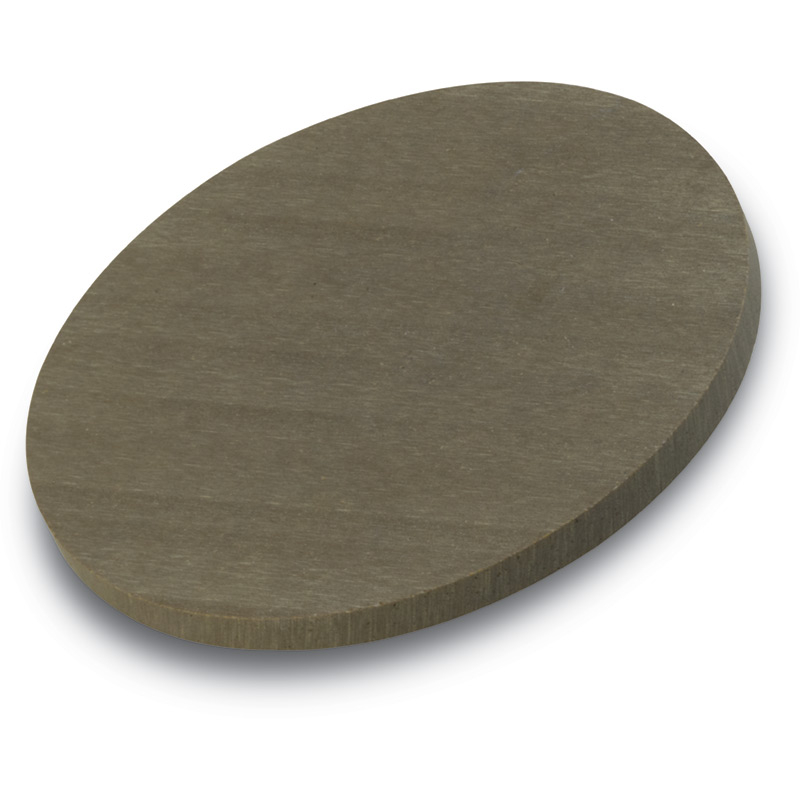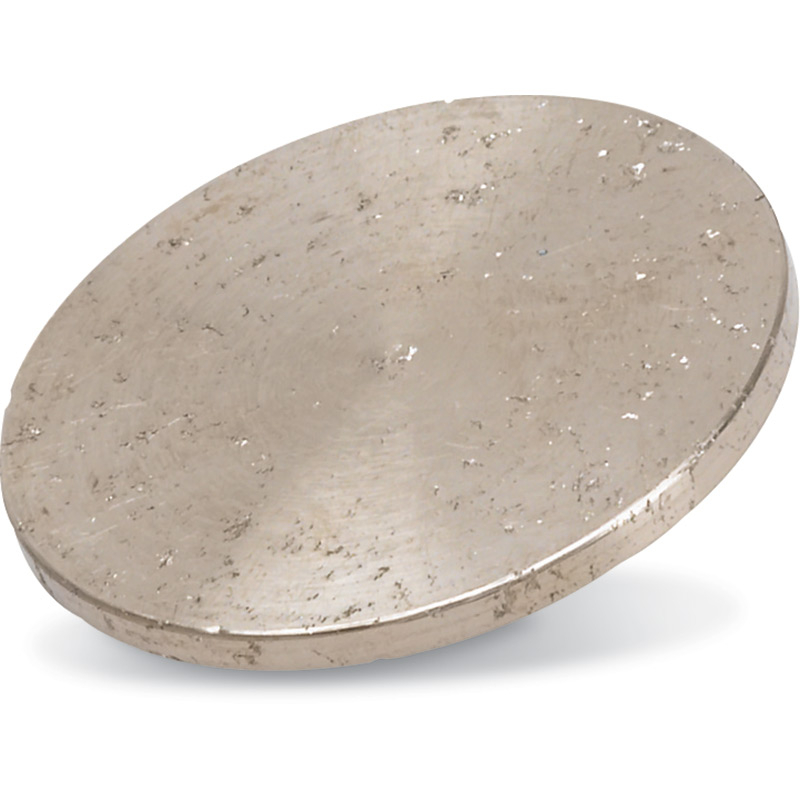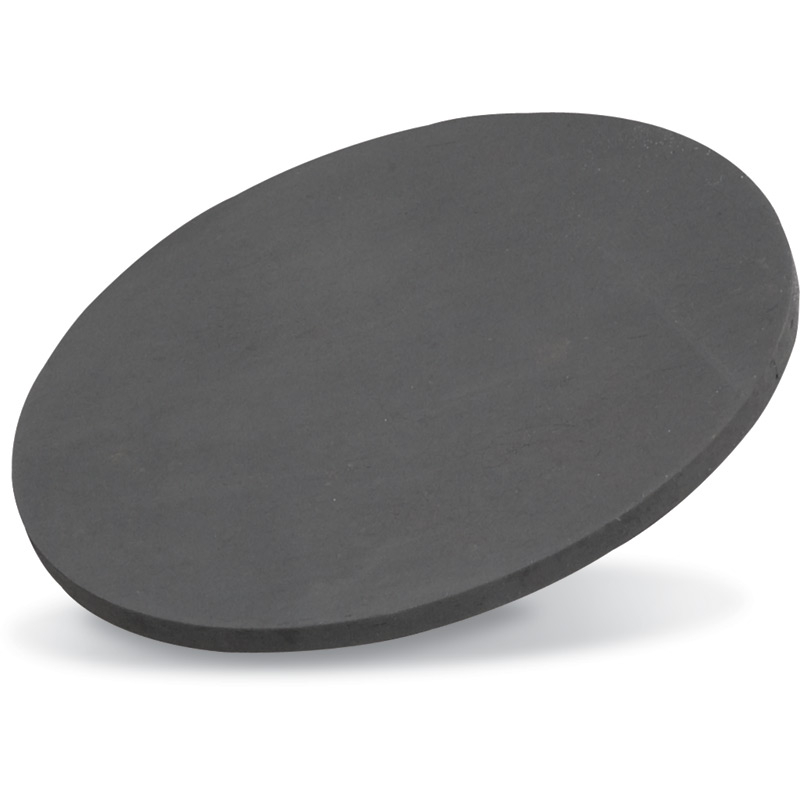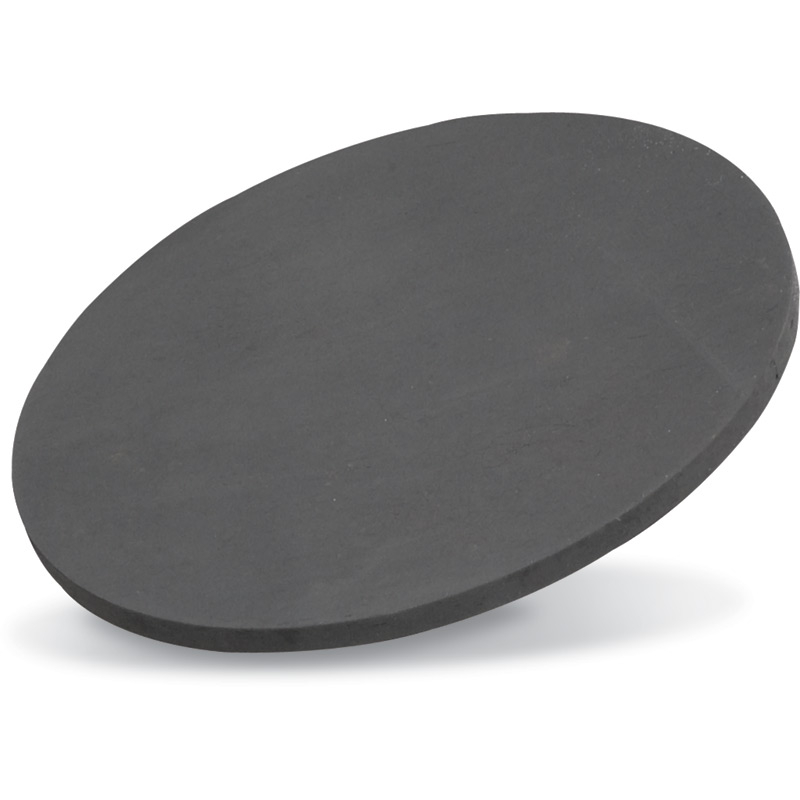Standard carbon graphite targets can be very difficult to sputter. Carbon has one of the lowest sputter yields of all elements which is attributed to its Sp2 microstructure as well as its anisotropic electrical characteristics. Due to open spaces in Carbon's structural lattice, sputter rates are low and the process is very time-consuming. Standard carbon graphite targets are typically produced by hot-pressing. These targets are generally highly porous and contain randomly oriented grains which results in different localized effects, contributing to the low sputter yield.
On the other hand, Pyrolytic Graphite sputtering targets are much more directional and may have the ability to sputter at higher rates. Pyrolytic Graphite targets are made by chemical vapor deposition (CVD) and are grown atom-by-atom. The resulting material has better thermal, electrical and chemical properties. Due to the nature of the deposition process by CVD, Pyrolytic Graphite material approaches the theoretical density and is essentially non-porous so outgassing occurs quickly.
Carbon (Graphite) (C) Specifications:
Material Type | Carbon |
Symbol | C |
Atomic Weight | 12.0107 |
Atomic Number | 6 |
Color/Appearance | Black, Non-Metallic |
Thermal Conductivity | 140 W/m.K |
Melting Point (°C) | ~3,652 |
Coefficient of Thermal Expansion | 7.1 x 10-6/K |
Theoretical Density (g/cc) | 2.25 |
Z Ratio | 3.26 |
Sputter | PDC |
Max Power Density (Watts/Square Inch) | 80* |
Type of Bond | Indium, Elastomer |
Comments | E-beam preferred. Arc evaporation. Poor film adhesion. |

